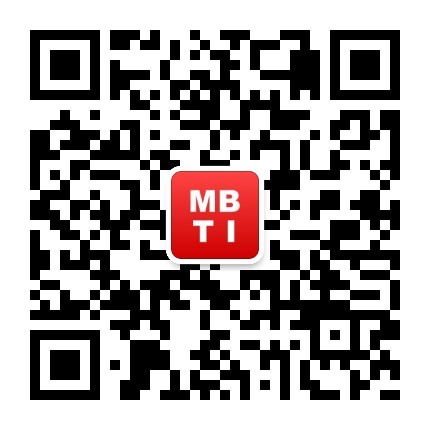Title: Navigating the Nexus: ISTP and ENTJ Dynamics in the MBTI Landscape
Introduction
The Myers-Briggs Type Indicator (MBTI) offers a framework for understanding individual differences in personality. Among the 16 personality types, ISTP (Introverted, Sensing, Thinking, Perceiving) and ENTJ (Extroverted, Intuitive, Thinking, Judging) represent distinct approaches to the world. While ISTPs are known for their practicality, adaptability, and love for hands-on experiences, ENTJs are characterized by their strategic vision, assertiveness, and organizational prowess. This article delves into the psychological underpinnings of these types, exploring how ISTPs and ENTJs can effectively navigate their interactions and leverage their complementary strengths.
Understanding ISTP and ENTJ Personalities
ISTPs are often described as the "Craftsperson" of the MBTI types. They are analytical and action-oriented, preferring to deal with concrete facts rather than abstract theories. Their introverted sensing and extraverted thinking functions allow them to focus on the present, making them skilled at problem-solving and improvisation. ISTPs value autonomy and are often drawn to careers that allow them to work with their hands or solve practical problems.
On the other hand, ENTJs are the "Commander," known for their leadership qualities and strategic mindset. They use their extraverted intuition to envision future possibilities and their introverted thinking to make logical decisions. ENTJs are natural-born leaders who thrive in environments that require organization, planning, and decisive action. They are driven by a desire to achieve and are often found in positions of authority or entrepreneurship.
The Psychological Dynamics of ISTP and ENTJ Interaction
When an ISTP and an ENTJ interact, their differing cognitive functions can create both challenges and opportunities. The ISTP's preference for sensing and perceiving can clash with the ENTJ's reliance on intuition and judging. However, this very difference can lead to a productive synergy if both parties are willing to understand and appreciate each other's perspectives.
ENTJs may initially find ISTPs' lack of long-term planning frustrating, while ISTPs might perceive ENTJs as overly rigid or controlling. However, if ENTJs can recognize and value the ISTP's ability to adapt and think on their feet, and if ISTPs can appreciate the ENTJ's strategic foresight and organizational skills, they can form a powerful partnership.
Strategies for Effective ISTP and ENTJ Relationships
1. **Communication**: Both types should strive to communicate openly and honestly. ENTJs should be mindful of their directness and ensure they are not coming across as domineering. ISTPs, on the other hand, should make an effort to articulate their thoughts and feelings, rather than assuming the ENTJ will intuit them.
2. **Respect for Differences**: ENTJs should respect the ISTP's need for autonomy and flexibility, while ISTPs should respect the ENTJ's structured approach and long-term vision. By acknowledging each other's strengths, they can complement each other effectively.
3. **Collaboration**: When working together, they should leverage their complementary skills. ENTJs can provide the overarching strategy and structure, while ISTPs can handle the practical execution and problem-solving. This division of labor can lead to efficient and effective outcomes.
4. **Conflict Resolution**: Disagreements are inevitable, but both types should approach conflict resolution with a focus on logic and mutual respect. ENTJs should avoid imposing their will, and ISTPs should avoid withdrawing or avoiding the issue.
Conclusion
The relationship between an ISTP and an ENTJ can be a dynamic and fruitful one, provided both parties are willing to invest in understanding and appreciating each other's unique perspectives. By recognizing and leveraging their complementary strengths, ISTPs and ENTJs can create a powerful alliance that is greater than the sum of its parts. In the realm of the MBTI, the interaction between these two types serves as a testament to the richness of human diversity and the potential for harmonious collaboration across personality types.

微信公众账号
微信扫一扫加关注
评论 返回
顶部





发表评论 取消回复